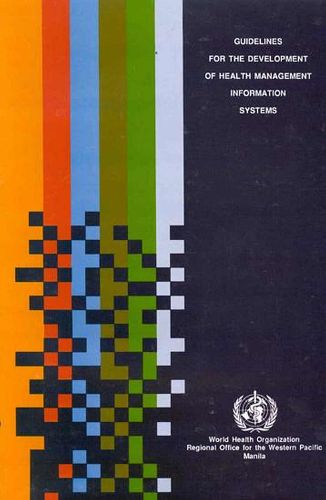Readings Newsletter
Become a Readings Member to make your shopping experience even easier.
Sign in or sign up for free!
You’re not far away from qualifying for FREE standard shipping within Australia
You’ve qualified for FREE standard shipping within Australia
The cart is loading…






Provides guidelines, based on practical experience in Western Pacific countries, for the development of information systems as an aid to the more effective management of health services. Emphasizing the complexities involved in efforts to improve the timeliness, quality, accessibility and use of health-related data, the book aims to help health authorities and senior managers think through all steps of the planning process before any decisions are made or resources committed. The book has two parts. The first, concerned with the development of a major system for health information, takes readers step-by-step through the various activities needed for thorough planning. Readers receive advice on how to calculate costs, estimate staff needs, conduct a situation analysis, identify the types and forms of data needed by different users, conduct a situation analysis, finalize project plans and understand which technical computing tasks will be required. The second part explains how a national system for health information can be coordinated with other smaller information systems, such as those for hospitals, human resource management, specific diseases, epidemiological monitoring, and systems for collecting and storing data on individual patients.
$9.00 standard shipping within Australia
FREE standard shipping within Australia for orders over $100.00
Express & International shipping calculated at checkout
Provides guidelines, based on practical experience in Western Pacific countries, for the development of information systems as an aid to the more effective management of health services. Emphasizing the complexities involved in efforts to improve the timeliness, quality, accessibility and use of health-related data, the book aims to help health authorities and senior managers think through all steps of the planning process before any decisions are made or resources committed. The book has two parts. The first, concerned with the development of a major system for health information, takes readers step-by-step through the various activities needed for thorough planning. Readers receive advice on how to calculate costs, estimate staff needs, conduct a situation analysis, identify the types and forms of data needed by different users, conduct a situation analysis, finalize project plans and understand which technical computing tasks will be required. The second part explains how a national system for health information can be coordinated with other smaller information systems, such as those for hospitals, human resource management, specific diseases, epidemiological monitoring, and systems for collecting and storing data on individual patients.